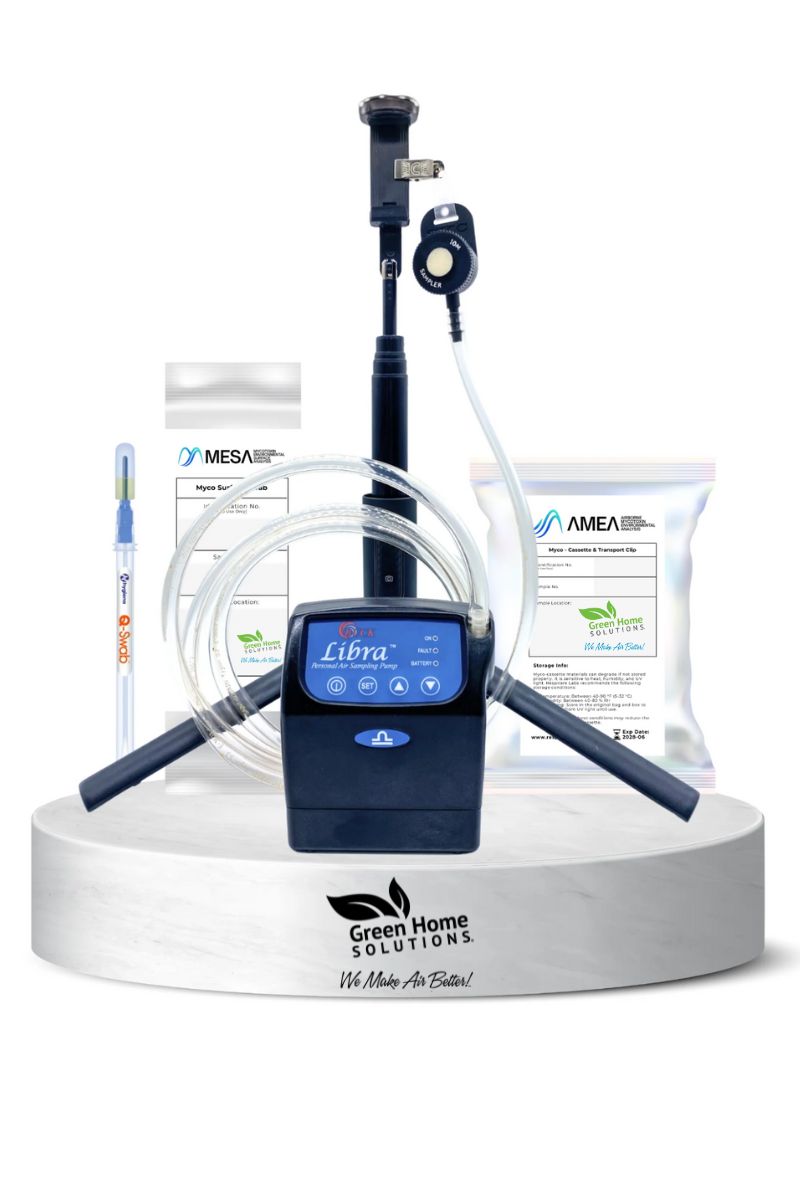The Requirement of Mycotoxin Checking in Agricultural Products to Guarantee Customer Safety
The necessity of mycotoxin screening in agricultural items is an essential element of public health and wellness and security that calls for detailed evaluation. Mycotoxins, toxic compounds produced by particular fungis, can penetrate different crops, leading to substantial health and wellness dangers for customers, such as carcinogenic effects and organ damage.
Recognizing Mycotoxins
Mycotoxins, toxic secondary metabolites generated by specific fungis, present a significant danger to agricultural products and human health and wellness. These substances are generated by different varieties of molds, such as Aspergillus, Fusarium, and Penicillium, which can infect plants both pre- and post-harvest - Mycotoxin testing Services. The most common mycotoxins consist of aflatoxins, ochratoxin A, fumonisins, zearalenone, and deoxynivalenol (DON)
Mycotoxin contamination can happen under certain environmental conditions, such as high moisture and temperature, which prefer the development of mold. Agricultural items like grains, nuts, seasonings, dried fruits, and coffee are especially at risk. The existence of mycotoxins in these products can lead to significant financial losses because of decreased crop returns and the requirement for rigorous testing and purification procedures.
Comprehending the biochemical nature and formation of mycotoxins is important for developing reliable mitigation strategies. Study has shown that mycotoxins show a variety of chemical structures and residential properties, making discovery and removal challenging. Advanced analytical techniques, consisting of chromatography and mass spectrometry, are utilized to identify and measure mycotoxins in agricultural products, making certain that contamination levels continue to be within risk-free limits established by governing bodies.
Health And Wellness Risks of Mycotoxins
Provided the significant threats associated with mycotoxins in farming products, comprehending their effect on health and wellness is paramount. Mycotoxins, hazardous secondary metabolites created by fungis, pose serious threats to both animal and human wellness. Chronic direct exposure, even at reduced degrees, can result in a series of adverse health and wellness results, consisting of carcinogenicity, immunosuppression, and teratogenicity. Aflatoxins, amongst one of the most notorious mycotoxins, are categorized as Team 1 health hazards by the International Firm for Research on Cancer (IARC), mainly influencing the liver and increasing the risk of hepatocellular carcinoma.
Acute mycotoxin poisoning, although much less common, can trigger instant and severe illness such as liver damage, gastrointestinal disturbances, and hemorrhaging. Ochratoxin A, an additional powerful mycotoxin, is connected to kidney damage and has potential carcinogenic effects. Fumonisins, primarily influencing maize, are linked with esophageal cancer cells and neural tube flaws.

Typical Resources of Contamination
Understanding the typical resources of contamination is essential for successfully taking care of and alleviating the risks positioned by mycotoxins. Mycotoxins are hazardous second metabolites generated by particular sorts of fungis, which can infect farming items at numerous phases of processing, manufacturing, and storage space. The main sources of contamination include area problems, post-harvest handling, and storage space atmospheres.
Field conditions play a significant role, with factors like weather, plant susceptibility, and soil health and wellness influencing fungal development. Plants such as corn, peanuts, wheat, and tree nuts are specifically at risk to mycotoxin-producing fungis like Aspergillus, Fusarium, and Penicillium types. Insufficient crop turning and inadequate bug administration can exacerbate the risk of contamination.
Post-harvest handling is an additional crucial stage where contamination can take place. Mechanical damages during harvesting and transport develops entry points for fungis, while incorrect drying strategies can leave wetness levels high sufficient to support fungal development.
Storage environments add substantially to contamination risks. Inadequately preserved storage centers with high humidity and temperature level levels develop suitable conditions for mycotoxin manufacturing. Regular inspections and correct storage problems are essential in suppressing this threat.
Mycotoxin Examining Techniques
Efficient administration of site mycotoxin contamination pivots not only on recognizing prospective sources but likewise on implementing durable testing methods to spot these dangerous substances. Mycotoxin screening techniques can be broadly classified into immunochemical and chromatographic strategies.
On the other hand, enzyme-linked immunosorbent assay (ELISA) and lateral flow assays project immunochemical techniques. ELISA, specifically, is extensively made use of as a result of its cost-effectiveness, ease of use, and rapid turnaround time. Lateral flow assays provide quick, on-site testing capabilities, making them suitable for field applications where immediate decisions are necessary.
Additionally, developments in molecular biology have introduced PCR-based techniques efficient in detecting mycotoxin-producing fungi at hereditary levels, providing a predictive strategy to contamination risk. Integrating these diverse approaches boosts the integrity and comprehensiveness of mycotoxin discovery, making sure that agricultural items satisfy security standards and protecting customers from possible health and wellness risks.
Benefits of Normal Checking

Normal mycotoxin screening offers considerable advantages that significantly reinforce agricultural security and top quality. Mycotoxins, toxic compounds produced by specific fungi, can infect food and posture serious health dangers, including cancer cells and severe poisoning.
In addition, regular screening aids in keeping the integrity and credibility of agricultural producers. By rigorously regulating and checking mycotoxin degrees, manufacturers can stay clear of costly recalls and legal repercussions. This not only guarantees compliance with stringent international safety and security criteria yet likewise promotes consumer trust and commitment.

Final Thought
The requirement of mycotoxin testing in agricultural items is emphasized by the substantial wellness dangers positioned by these toxic substances. It boosts the track record of producers and fosters depend on within the agricultural supply chain, ultimately guarding go to this website public health and wellness.
The necessity of mycotoxin screening in farming products is a vital aspect of public wellness and security that warrants thorough assessment. Mycotoxins, harmful substances created by certain fungis, can infiltrate various plants, leading to significant health threats for find more information consumers, such as carcinogenic results and body organ damage.Mycotoxins, poisonous additional metabolites produced by specific fungi, offer a considerable danger to agricultural items and human health and wellness.Given the substantial dangers connected with mycotoxins in agricultural items, comprehending their effect on health is critical (Mycotoxin testing Services).The necessity of mycotoxin testing in agricultural products is highlighted by the substantial health dangers positioned by these harmful substances